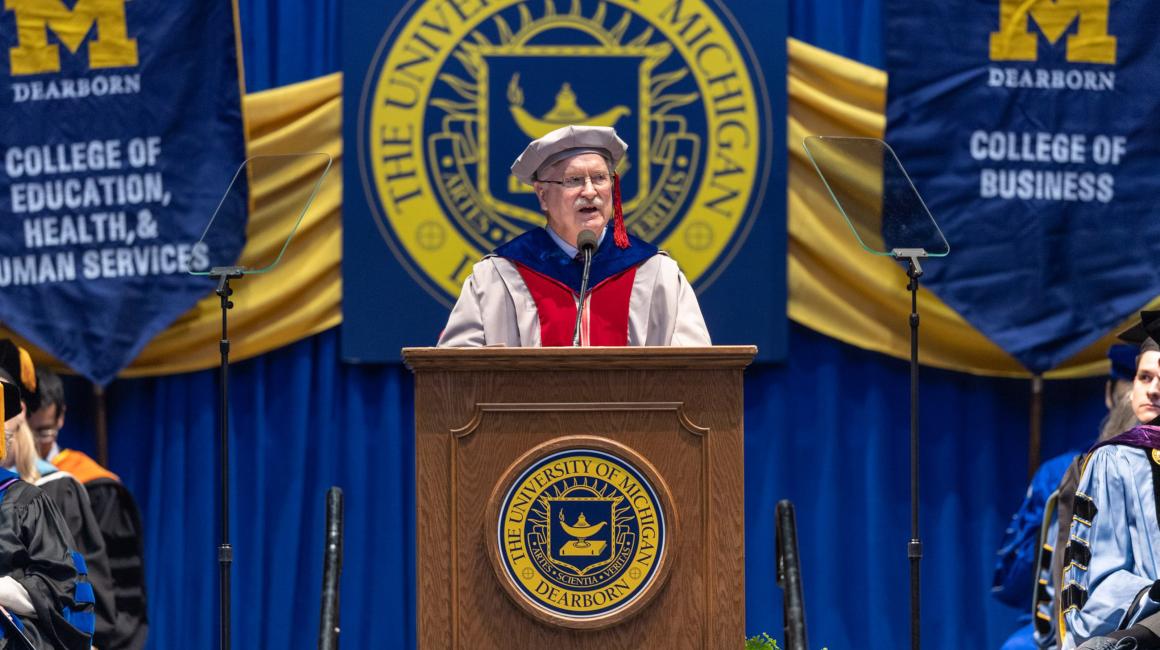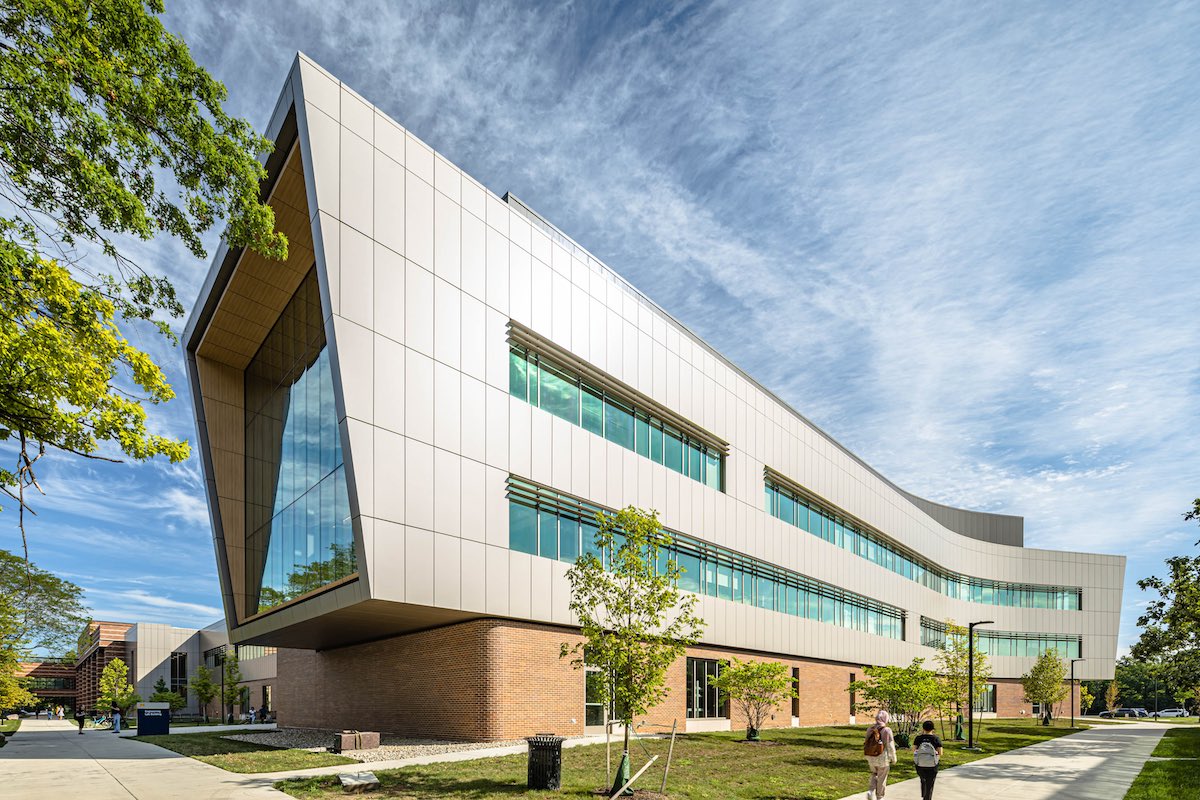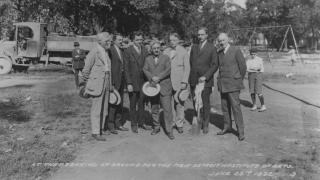
Anthony (Tony) England worked on two Apollo missions and flew on Space Shuttle Challenger. He was in the control room when Apollo 13 sent out the distress message, “Houston, we've had a problem,” and he helped the three stranded astronauts design and install the CO₂ scrubber that saved their lives.
After his time at NASA, England impacted lives in another powerful way: as a University of Michigan educator. England retired in 2021 after eight years as dean (including two as interim) of UM-Dearborn’s College of Engineering and Computer Science. He came to Dearborn from UM-Ann Arbor, where he began as a professor of electrical engineering and computer science in 1988. In Ann Arbor, he also served as associate dean of the Rackham School of Graduate Studies from 1995 to 1998 and for five years as associate dean for academic affairs in the College of Engineering.
During his time at UM-Dearborn, England boosted industry partnerships, championed diversity and inclusion efforts, and reoriented CECS to offer a more holistic and multidisciplinary education. He also guided the transformation of the environment where that education took place, spearheading the redesign of the college’s signature Engineering Lab Building. At the Feb. 15 Board of Regents meeting, UM-Dearborn Chancellor Domenico Grasso recommended — and the board unanimously approved — renaming the ELB in England’s honor.
"Professor England’s visionary thinking and broad experiences in space and earth sciences and engineering is reflected in the ELB and is a testament to his legacy on our campus," Grasso said. "He has equally left his mark on the creative and innovative modes of education and research inside the building. I am proud to recognize Professor England’s dedication to UM-Dearborn — and to celebrate the many students’ lives he has helped transform — by naming our Engineering Lab Building in his honor."

Reopened in 2021, the ELB features 45 instructional and research labs in core disciplines like mechanical and electrical engineering, as well as emerging areas like cybersecurity, artificial intelligence, bioengineering and game design. With a 2,400-square-foot atrium that features a 29-foot digital display, as well as multiple flexible gathering spaces, the building has become a hub for students to study and collaborate.
“I am both humbled and proud to have my name on the new ELB,” England said. “This new facility supports UM-Dearborn's dedication to hands-on, real-world, interdisciplinary learning and reflects the university’s commitment to supporting students from diverse backgrounds, who are able to advance and grow by collaborating with and learning from one another.”
England earned his Ph.D. in geophysics from Massachusetts Institute of Technology. At NASA, he served as mission scientist for Apollo 13 and 16, mission specialist crewman on the Spacelab 2 flight in 1985 and space station program scientist from 1986 to 1987. He worked for the U.S. Geological Survey, for which he led scientific expeditions to Antarctica and the Arctic, without modern-day GPS systems.
As an educator, he was awarded the U-M Harold R. Johnson Diversity Service Award in 2002, as well as the university's NCID Exemplary Diversity Engagement and Scholarship Award in 2009. His research has included scattering theory applied to the microwave brightness of the Earth and other planets, and the development and use of ice-sounding radar for the study of glaciers in Alaska and Antarctica.
A renaming celebration will be held in the spring. Details will be shared in the coming weeks.
###
Article by Kristin Palm





